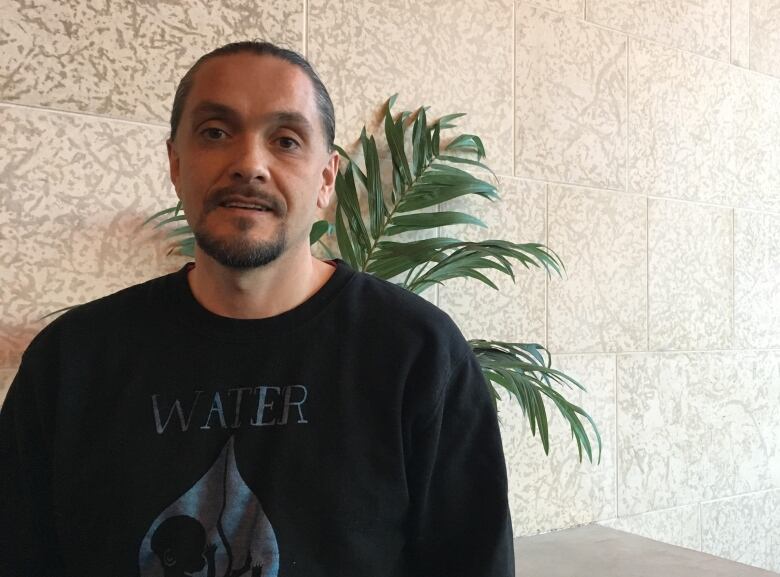What Indigenous restorative justice processes look like in Sask.
Defence proposing non-jail sentence in Regina's Dale Stonechild manslaughter case

Last week,the defence in a violent Regina manslaughter casecalled for a non-jail sentence, arguing the accused should instead receive"intensecounselling" on a First Nation.
DaleStonechild, 62, was convicted last year of manslaughter in the January 2013 death of Victor McNab.
- Defence urges non-jail sentence for man who killed VictorMcNab, 84
- 'Violence here beyond belief': Crown wants life sentence in death of Regina 84-year-old
The defence is asking for a traditional justice approach onOkaneseFirst Nation, Sask., with several elders taking turns over a period of four years. The program would include spiritual ceremonies, such as sweats,going to the bush, fasting and preparing fora "sun danceritual."
Traditional knowledge keepers Rick Favel,from the White Raven Healing Centre in Fort Qu'Appelle, Sask.,and Philip Brass, from the Peepeekisis First Nation, Sask., explained toCBC Radio'sMorning Editionhow non-jail sentences and Indigenous restorative justice processes are used as reparation for serious crimes.
'Greatest sacrifice'
Brass said the ceremonies, which are not always used for restorative justice purposes, includefour days of fasting.
They culminate"with what we would call 'flesh offerings' that's a piercing," said Brass.

Prior to colonization, and continuing today, Brass said perpetrators of serious crimes would make reparations by participating in these ceremonies.
He said it was often focused on helping the entire community to heal.
"Sometimes maybe the perpetrator would be adopted, in fact, by the victim's family eventually, after undergoing such a process, [the] end result being holistic healing for the entire community so they could go forward."
Ceremonies not always forced
Favel added that the dances are not traditionally forced on individuals from his community.
He said the perpetrator has to really want to participate and to change their life for the ceremony to work.
"We start before sunrise and we dance all day and we dance past sunset, and usually a lot of it is the blowing of the whistle in time with our music," said Favel.
"And when you get into that state of mind and fastingand doing this danceand focusing on positive thought, positive prayer, there's a change that happens."
'This is the traditional justice system'
Asked how he would respond to criticism that restorative justice was not harsh enough punishment for such a serious crime, Brass argued that the ceremonies were the original justice system.
"This is the traditional justice system of this place, of Treaty 4 territory.It's ancient," said Brass.
"You're referring to the colonial punitive system that does focus on punishment."
The Queen's Bench judge adjourned sentencing in the Stonechild case to May 12.
With files from CBC Radio's Morning Edition












_(720p).jpg)


 OFFICIAL HD MUSIC VIDEO.jpg)
.jpg)



























































































